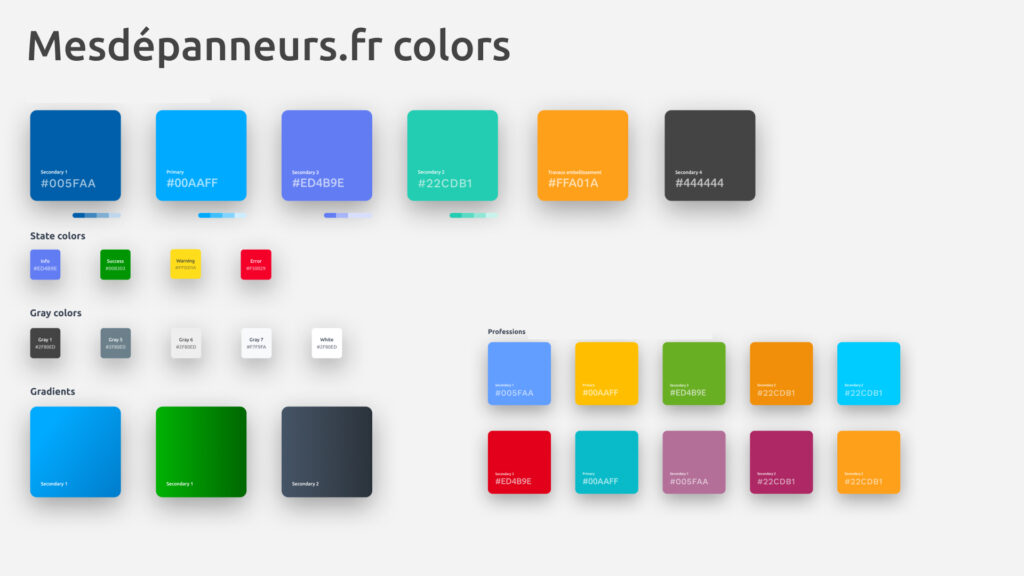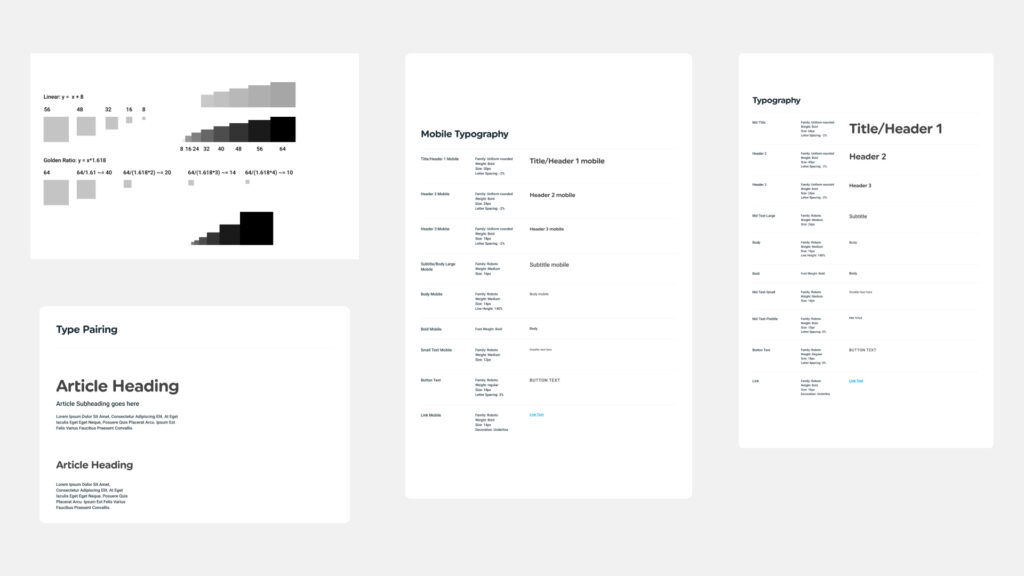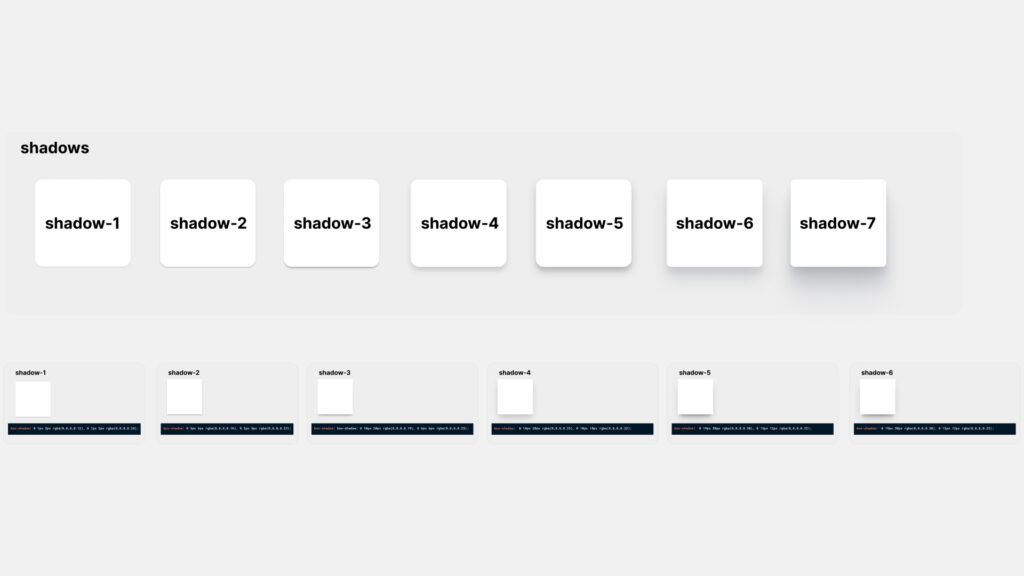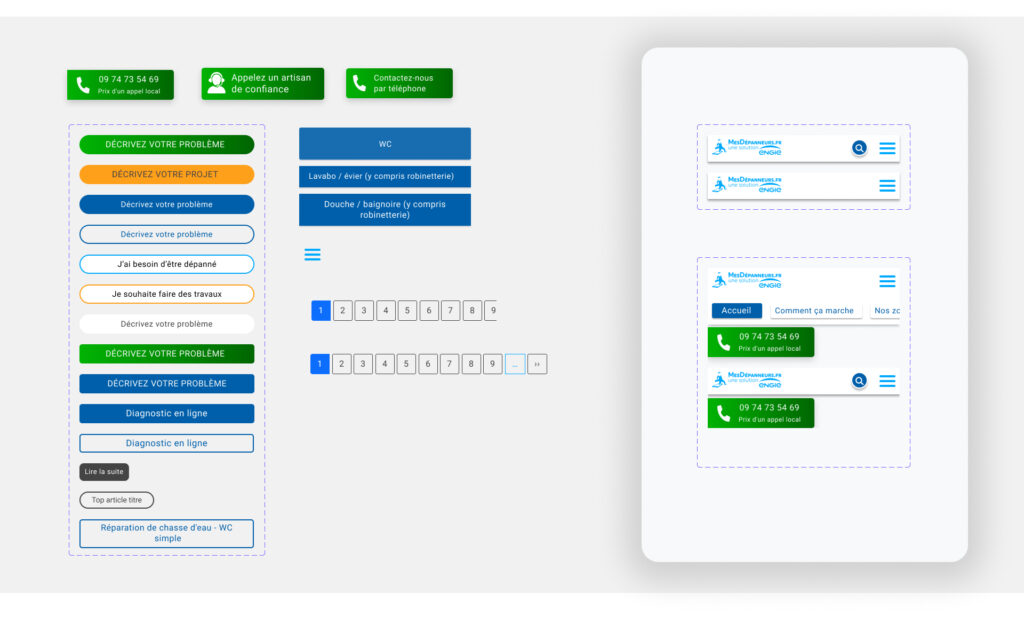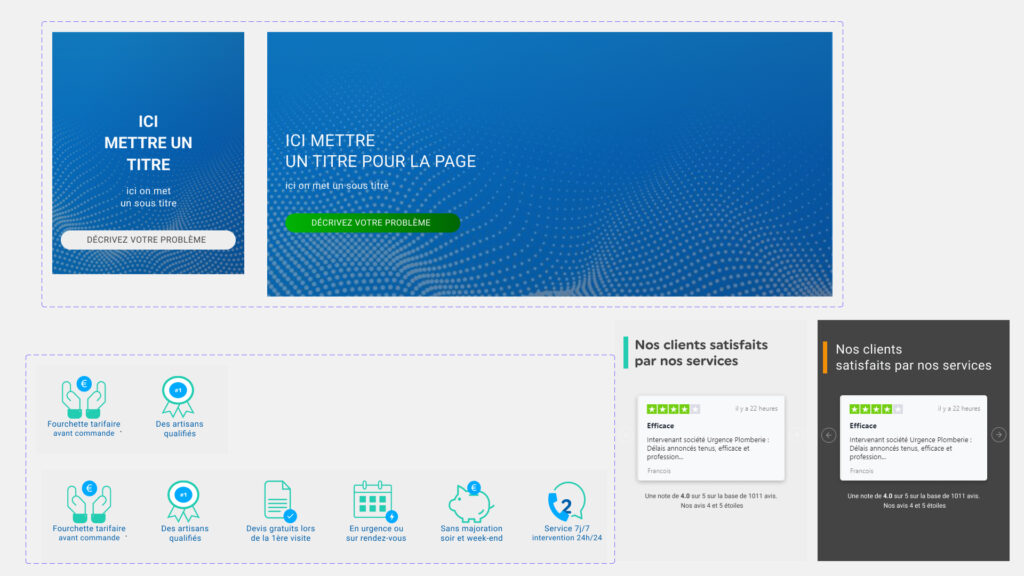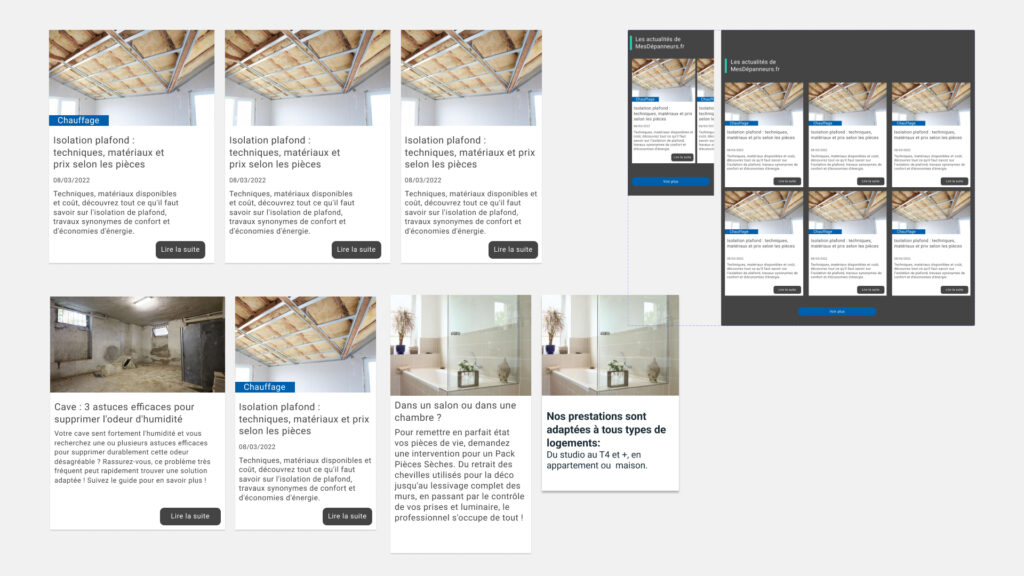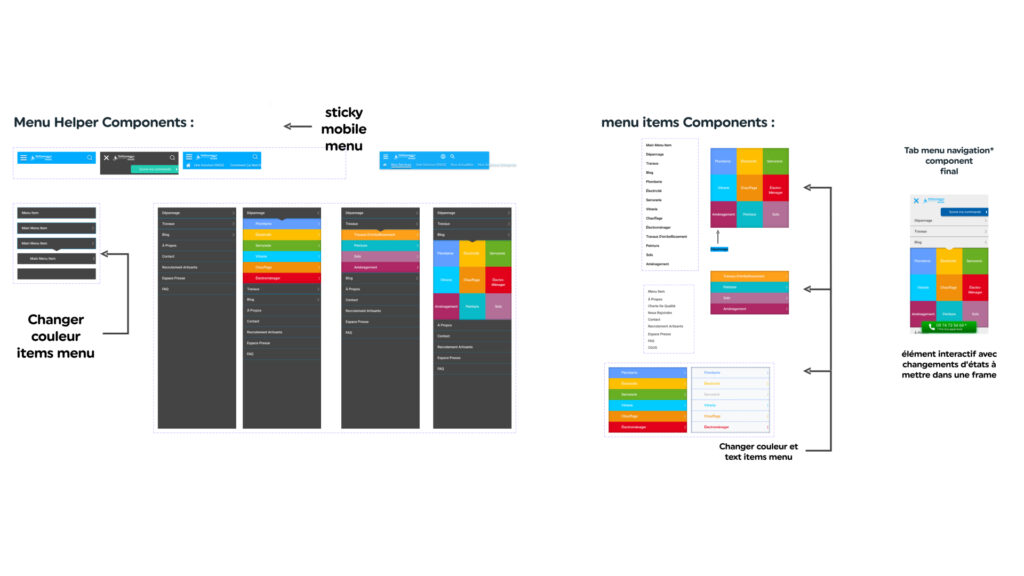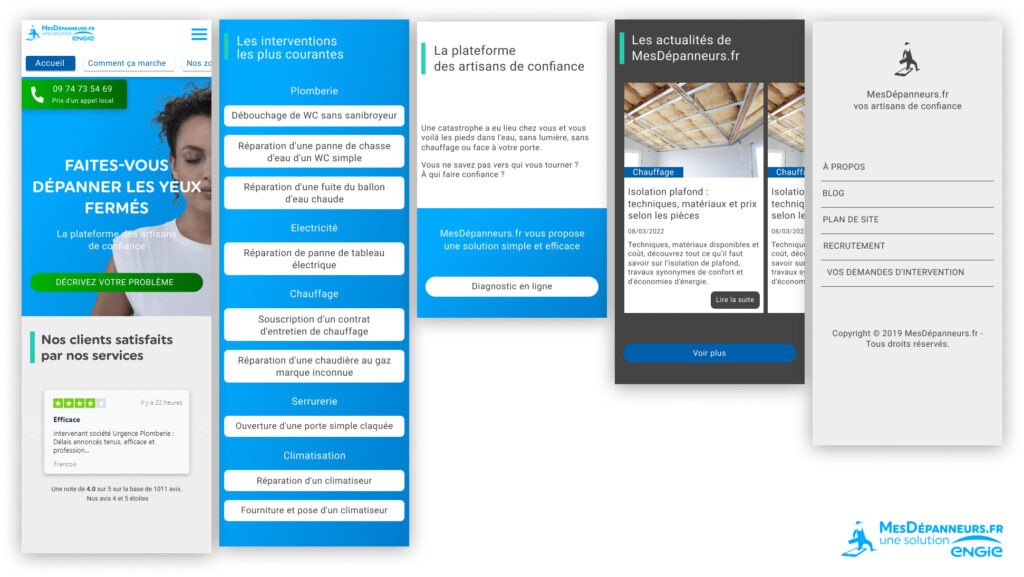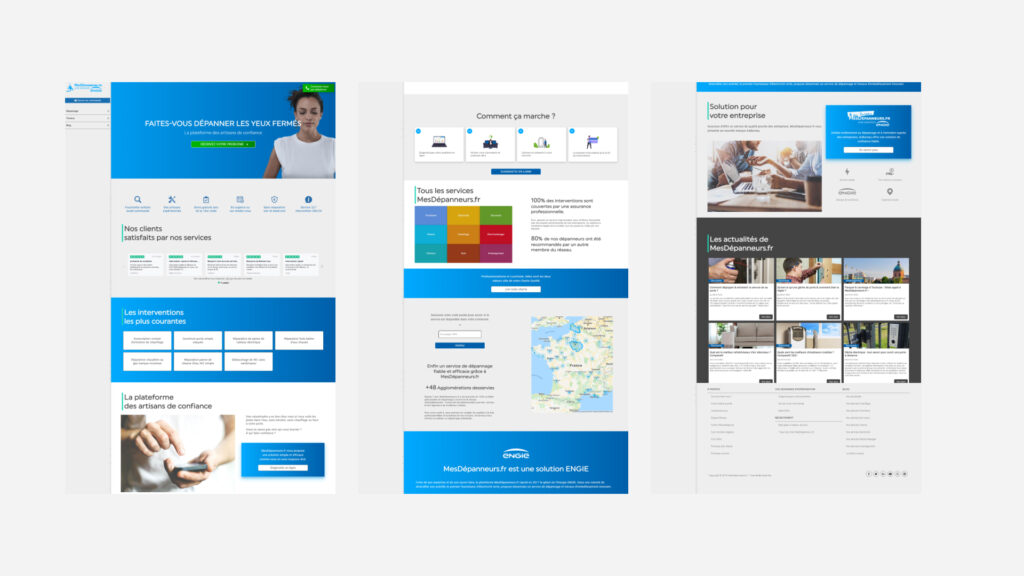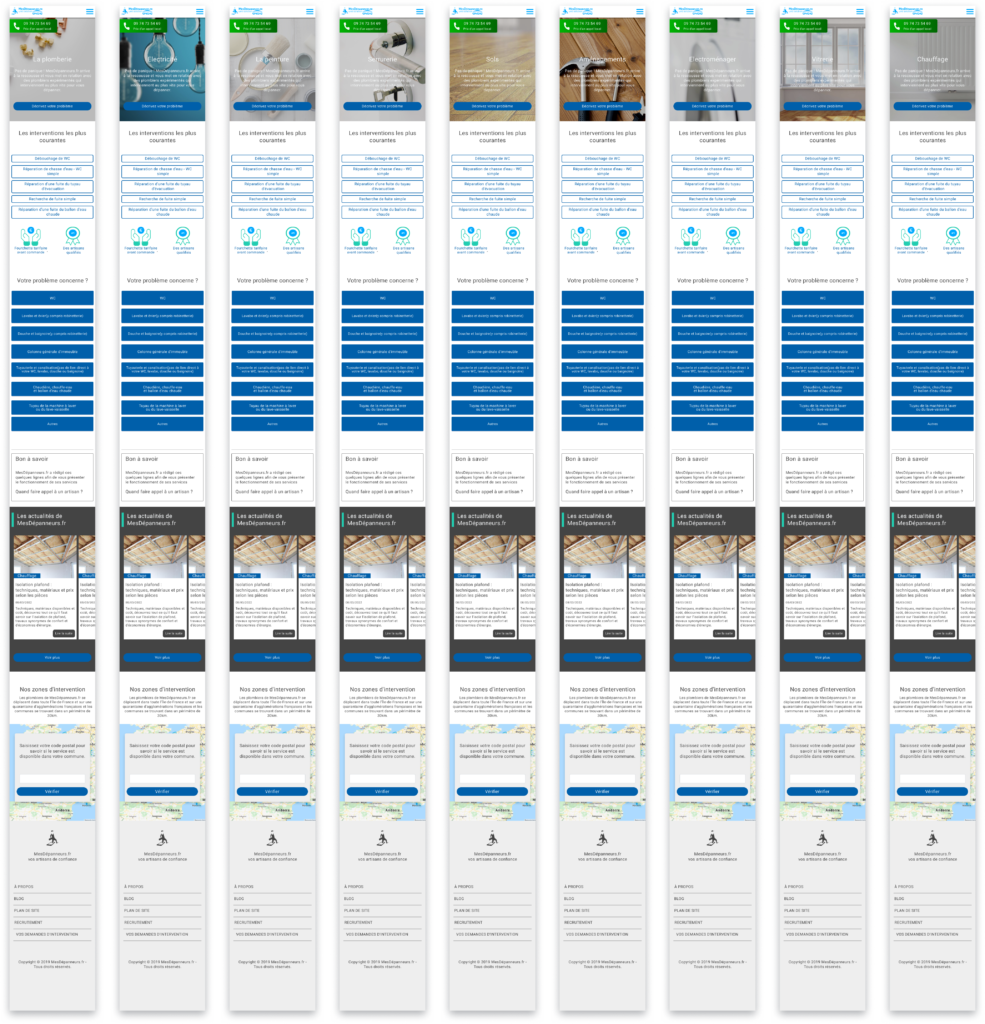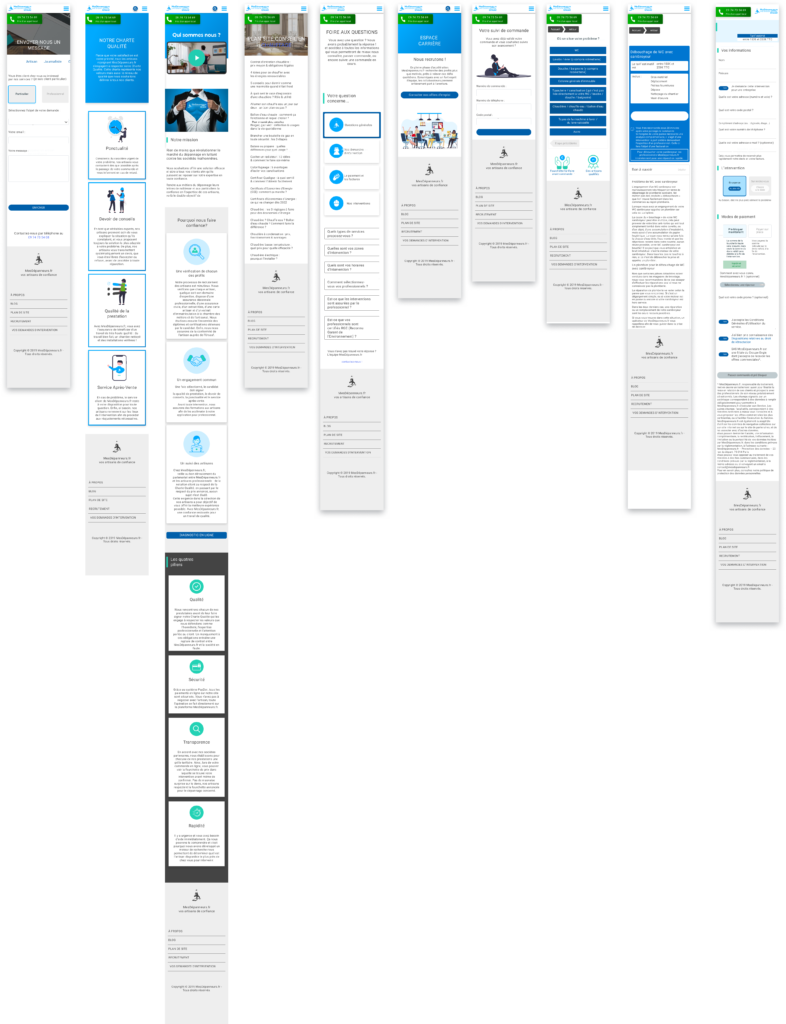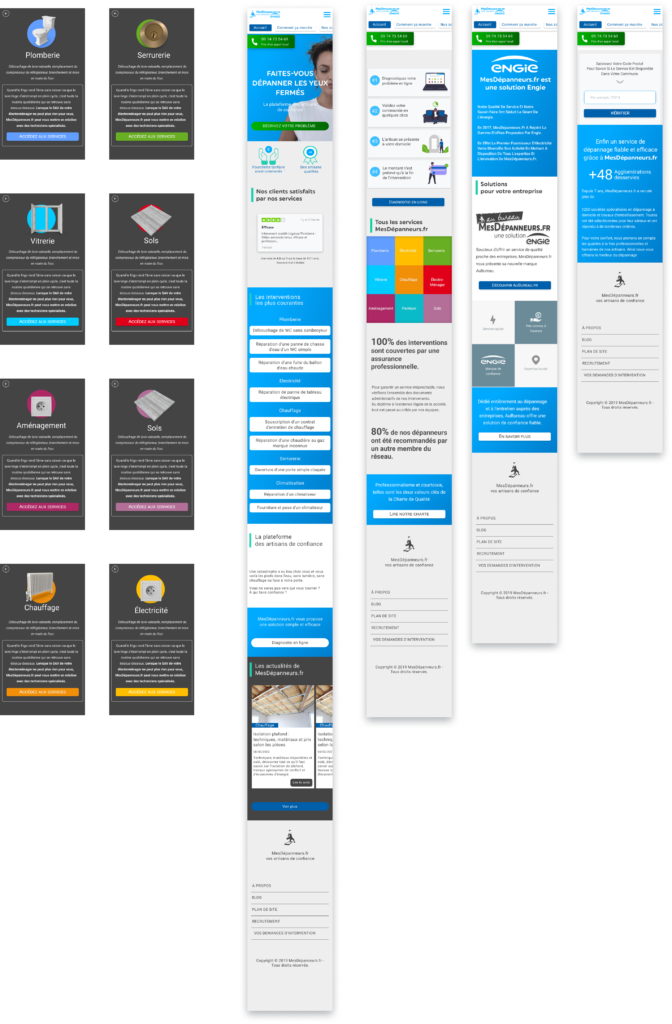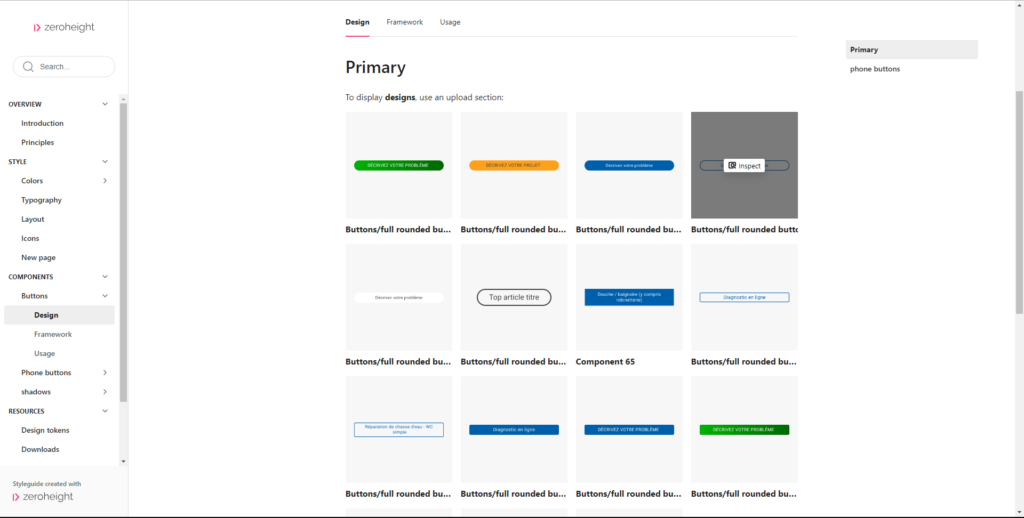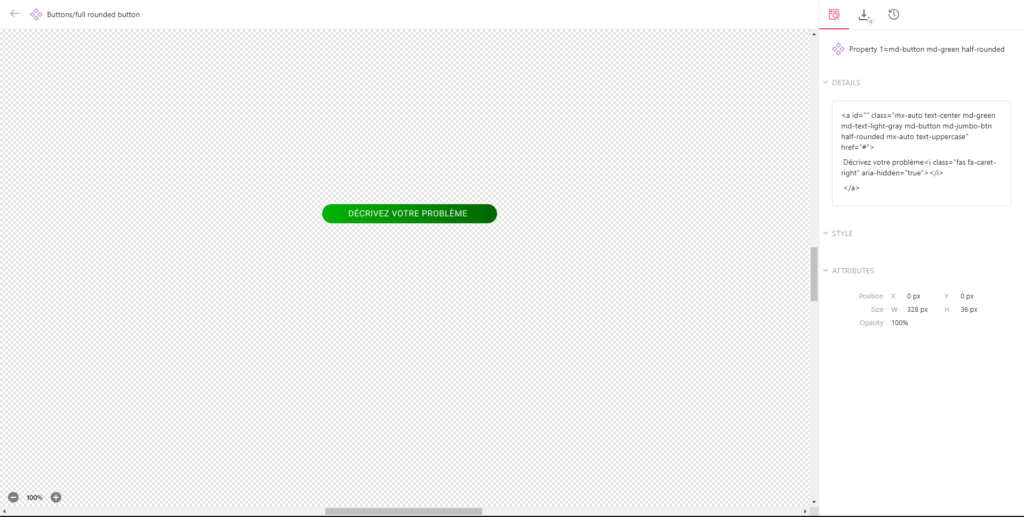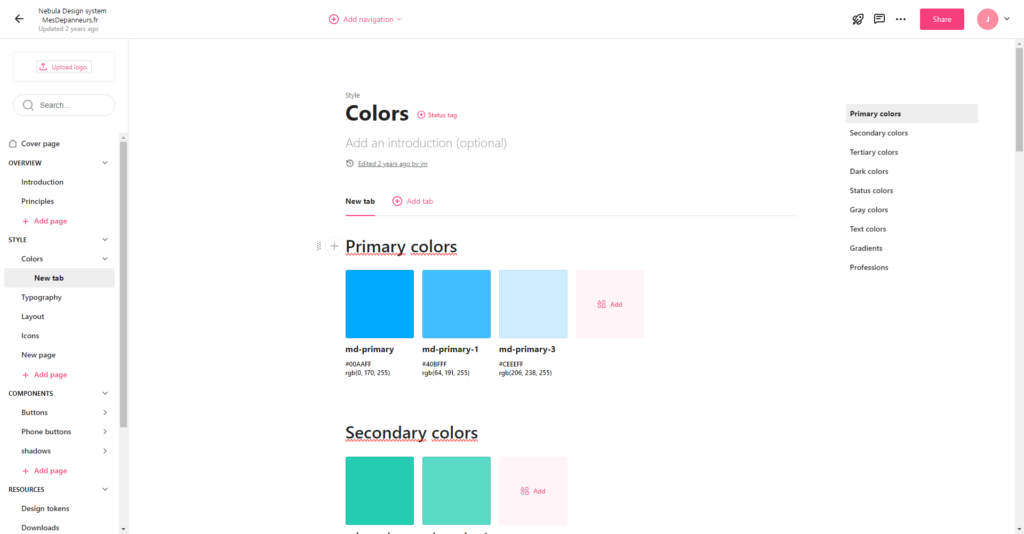Actor: Design studio Team
Goal: To create a comprehensive design system that fosters consistency, efficiency, and user-centered design while maintaining open collaboration and adaptability.
Scenario:
- User Testing Phase: We initiated user testing to gather insights about our product’s existing design, observed user interactions, collected feedback, and identified areas where the user experience could be enhanced.
- A/B Testing Phase: Building on the insights from user testing, we formulated hypotheses and conducted A/B tests to validate design improvements. We created alternative design variations and gathered data on user behavior to identify changes that had the most significant impact on key performance indicators.
- Iterative Design Refinement: Successful A/B tests led to iterative design refinements and design changes that had proven effective where incorporated, creating a more user-friendly and efficient interface.
- Design Element Standardization: We standardized design elements like buttons, navigation menus, typography, and color schemes, optimizing them for consistency and reusability based on the repeated use of successful design patterns.
- Efficiency and Scalability: We realized that a design system could significantly improve efficiency and scalability as design elements became more standardized. We recognized the need for a centralized repository for these design assets.
- Creation of Our Design System: We embarked on creating our design system, compiled and documented the standardized design elements, guidelines, and best practices derived from our testing and refinement processes.
- User-Centered Approach: Our design system ensured that all design decisions remained user-centered, aligning with user needs and preferences identified through testing.
- Collaboration and Communication: The design system became a shared resource for Mesdepanneurs.fr, fostering collaboration and communication. It provided a common language for discussing design choices and updates, ensuring that everyone was on the same page.
- Documentation and Guidelines: Our design system included detailed documentation and guidelines for how design elements should be used. These guidelines were based on the lessons learned through testing and optimization, ensuring consistency and best practices.
- Maintenance and Governance: Our design system required ongoing maintenance and governance. It evolved over time, responsive to changing user needs and market trends, while maintaining the user-centered and efficient approach cultivated through user testing and A/B testing.
Outcome: The development of our design system, derived from user testing and A/B testing, enhanced the user experience by promoting consistency, efficiency, and a user-centered approach. It fostered collaboration and communication among team members and ensured that design decisions remained aligned with user expectations. Our design system served as a valuable asset for creating a cohesive, adaptable, and user-friendly user experience in our product.
Zeroheight was chosen for our design system for several key reasons:
- Centralized Repository: Zeroheight provides a centralized and organized repository for all design assets, guidelines, and documentation. This centralization simplifies the management of design resources and ensures that all team members have easy access to the latest design components and guidelines.
- Efficient Collaboration: The platform facilitates collaboration among our design and development teams. It allows team members to work together seamlessly, ensuring that everyone is on the same page and that changes and updates are communicated effectively.
- Documentation and Guidelines: Zeroheight offers robust documentation and guidelines features. We used these features to create and maintain detailed documentation for our design system, making it easy for team members to understand and implement design patterns correctly.
- Version Control: The platform includes version control features, which were crucial for tracking changes and updates to our design components. This ensured that the design system remained consistent and aligned with user-centered design principles.
- Accessibility: Zeroheight provides a user-friendly interface that made it accessible to all team members, including those who may not have extensive design or technical knowledge. This accessibility ensured that all team members could contribute to and benefit from the design system.
- User-Centered Design: Zeroheight allowed us to structure our design system in a user-centered way. We organized design assets and guidelines based on user needs and preferences, making it easy for the team to prioritize user-centric design decisions.
- Flexibility and Adaptability: The platform offered flexibility and adaptability, enabling us to update and expand our design system as our product evolved and user needs changed. This adaptability was crucial for the long-term success of our design system.
- Integration: Zeroheight integrated seamlessly with our existing design and development tools, making it a valuable addition to our workflow. This integration ensured that the design system became an integral part of our design and development process.
In summary, Zeroheight was chosen for our design system because it provided a centralized repository for design assets, facilitated efficient collaboration, offered robust documentation and guidelines features, supported version control, ensured accessibility, promoted user-centered design, allowed flexibility and adaptability, and integrated well with our existing tools. These features made it the ideal platform for creating and maintaining a cohesive, user-friendly, and adaptable design system.

